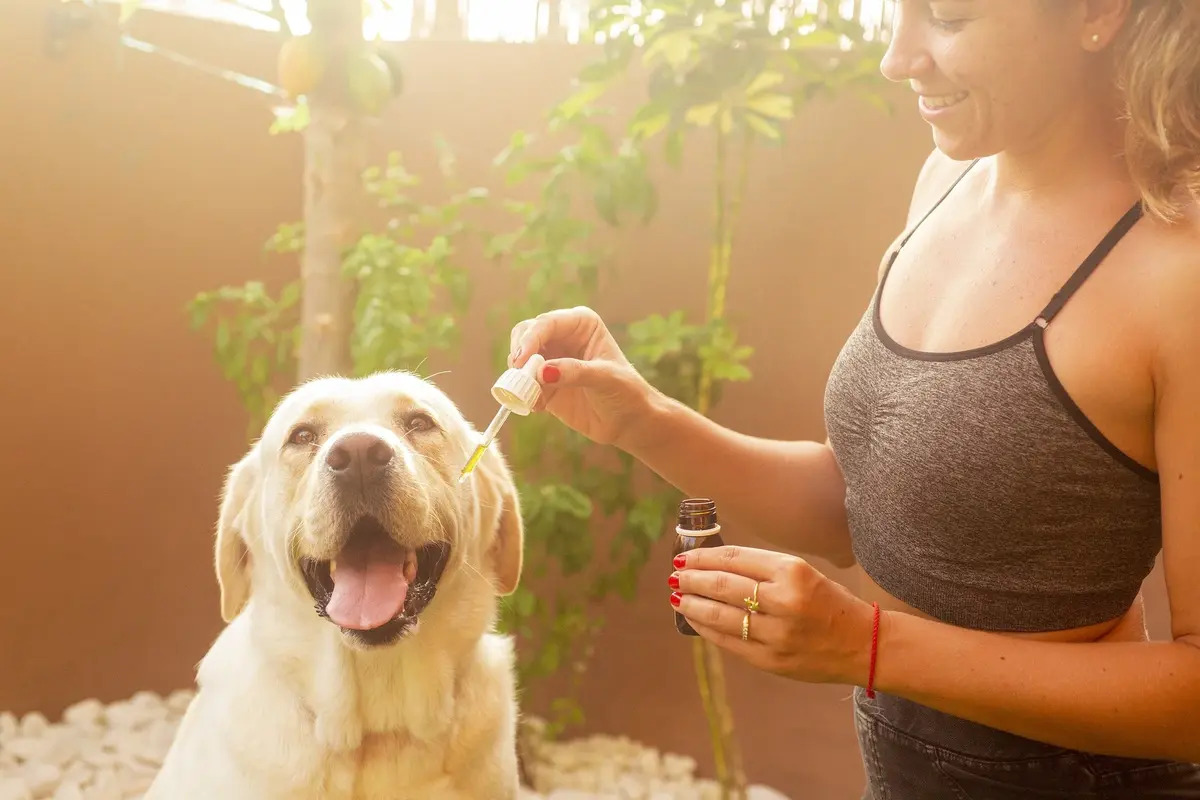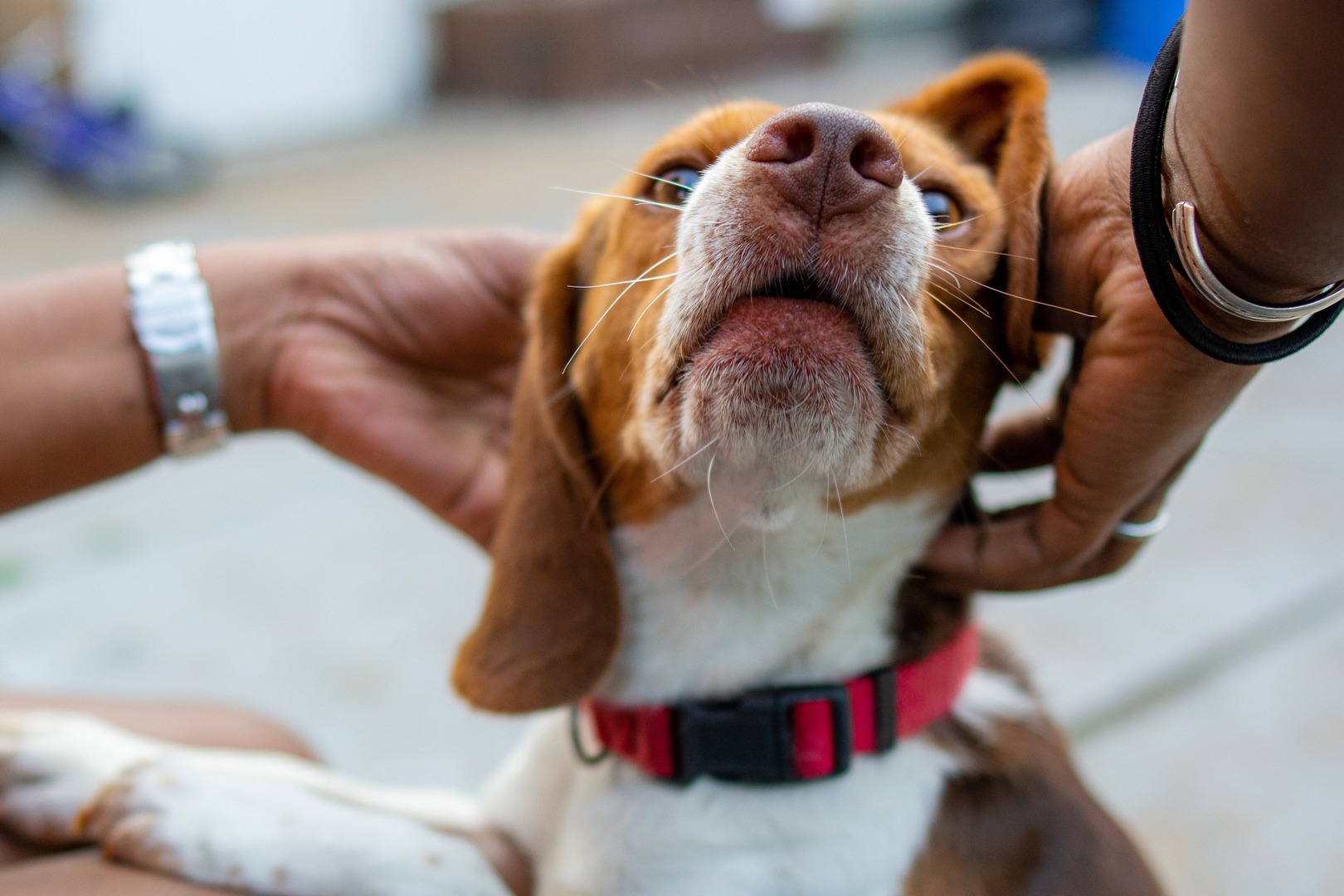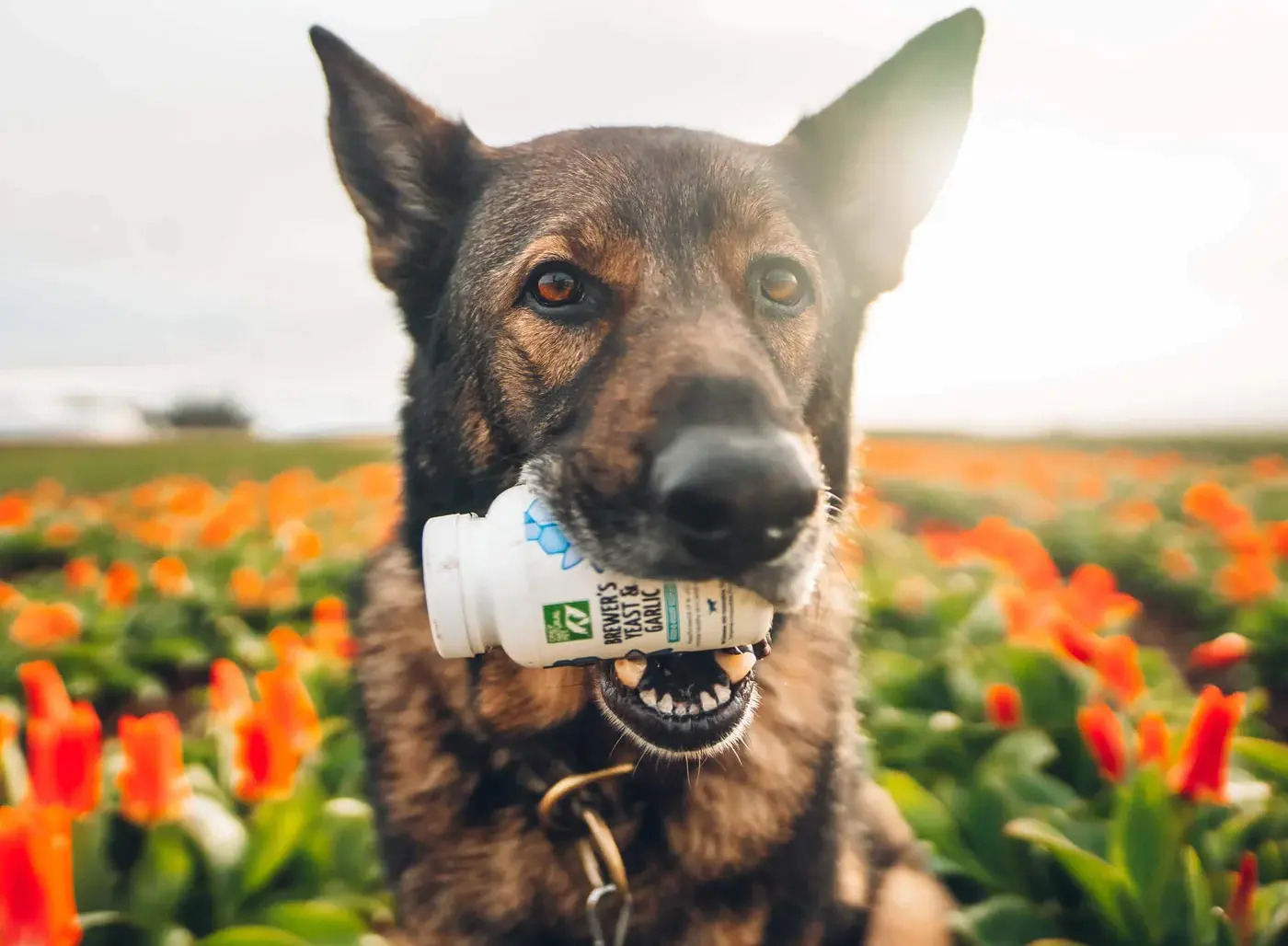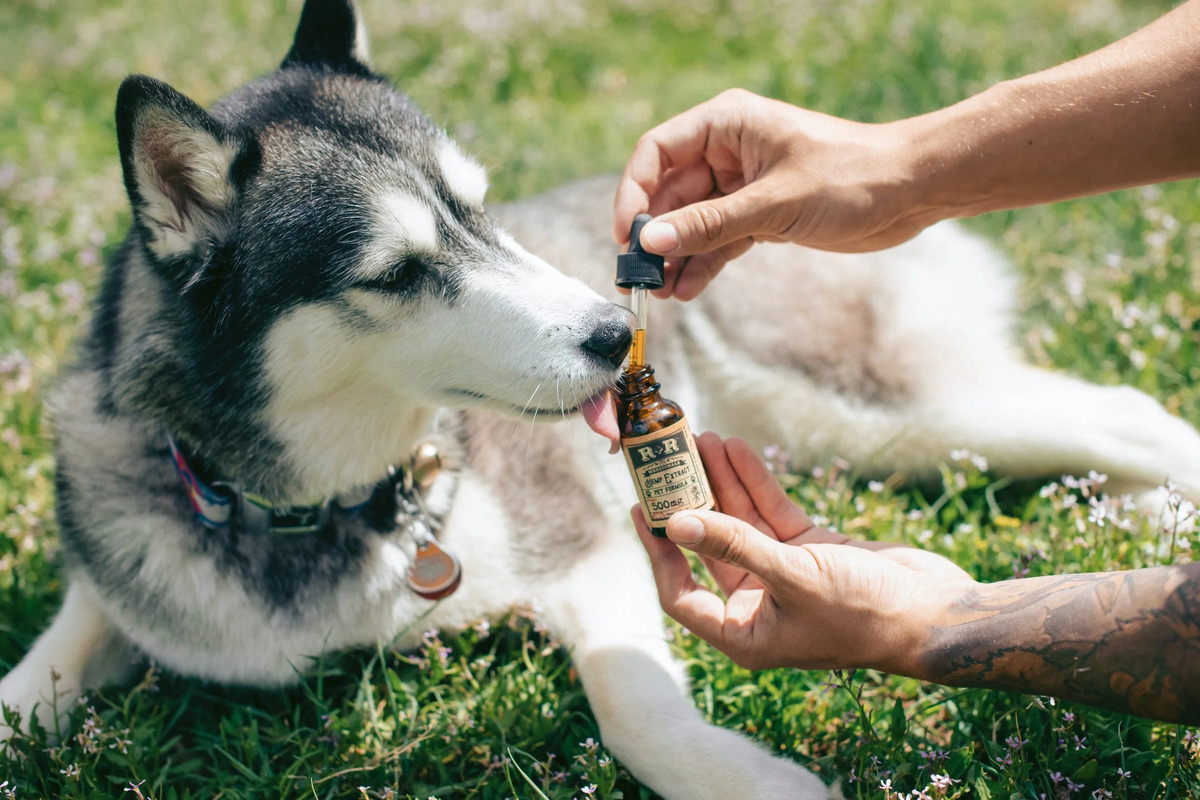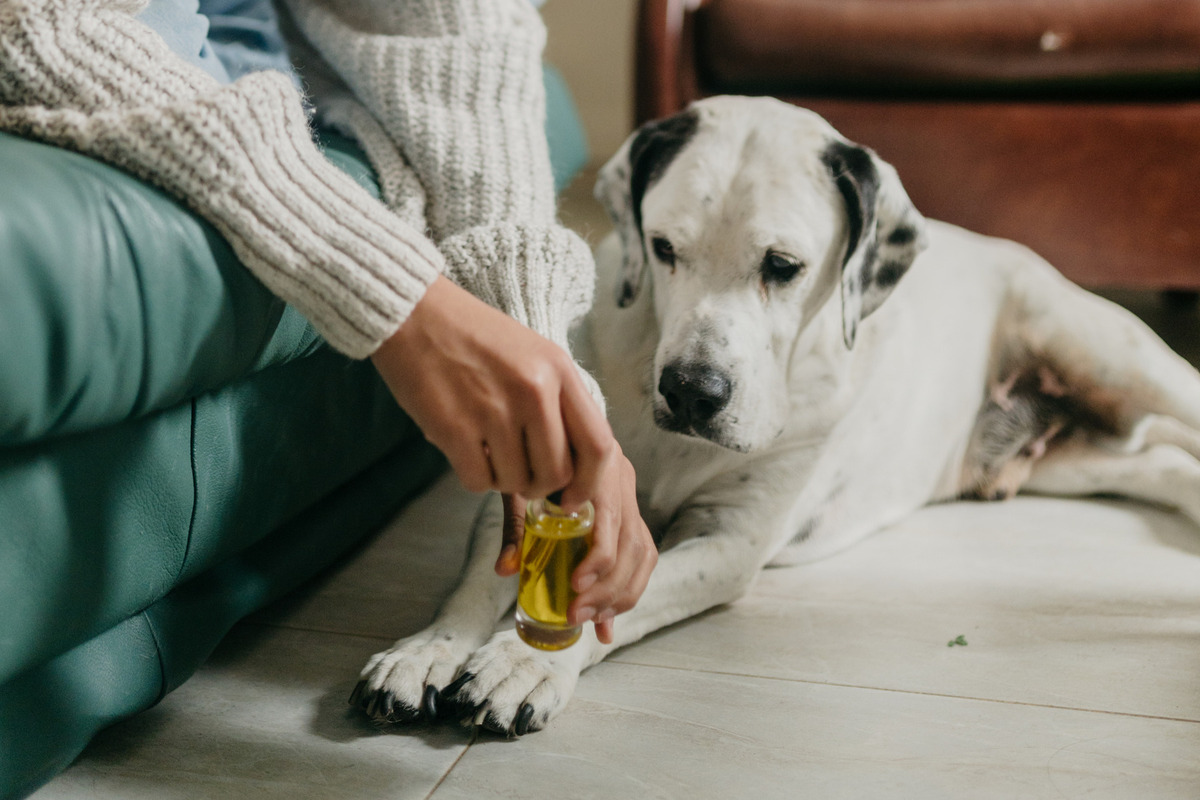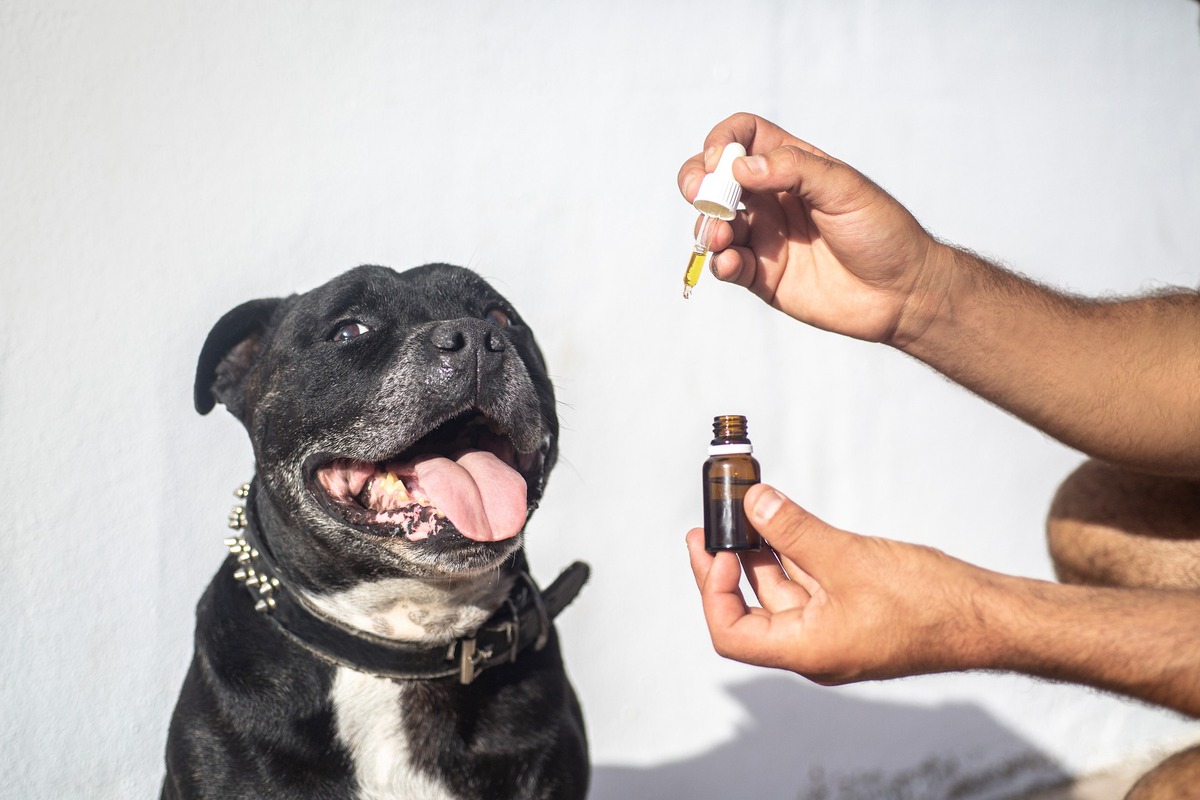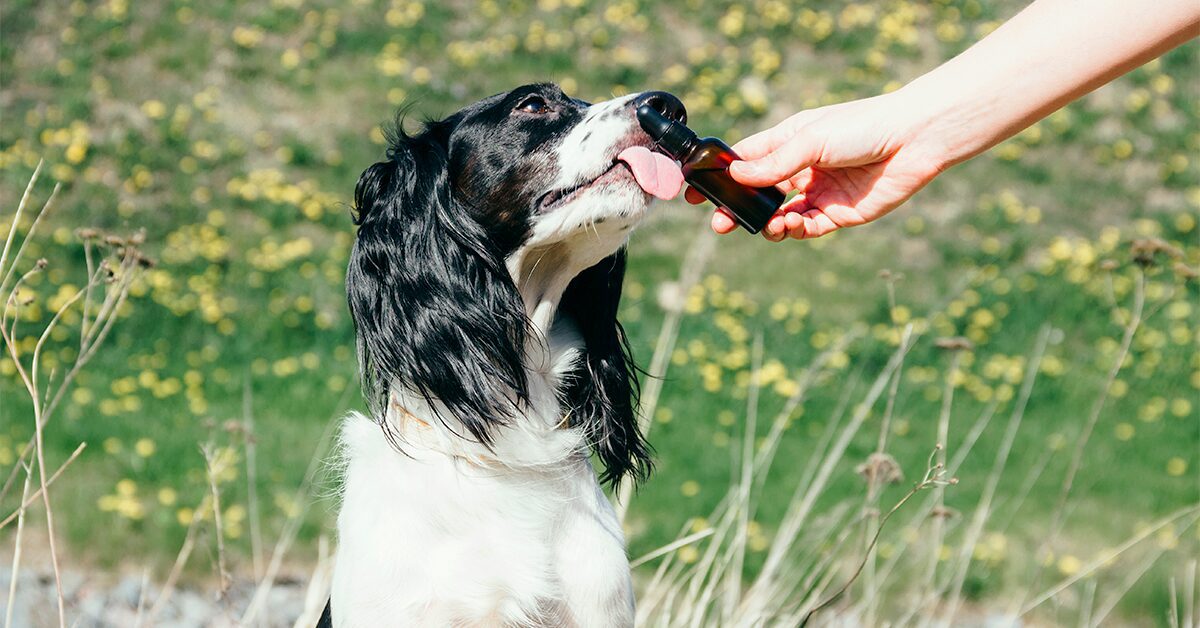Home>Health & Wellness>Common Health Issues>How Much Neem Oil Should I Use In Dogs For Fleas


Common Health Issues
How Much Neem Oil Should I Use In Dogs For Fleas
Modified: February 21, 2024
Learn how to use neem oil for fleas in dogs and other common health issues. Discover the right amount of neem oil to keep your furry friend healthy and flea-free.
(Many of the links in this article redirect to a specific reviewed product. Your purchase of these products through affiliate links helps to generate commission for Pawsomeoldies.com, at no extra cost. Learn more)
Table of Contents
Introduction
Neem oil, derived from the seeds of the neem tree, has been revered for centuries for its diverse medicinal properties. In recent years, its application in pet care, particularly for flea control in dogs, has garnered significant attention. As a natural alternative to chemical-based flea treatments, neem oil offers a compelling solution for pet owners seeking a safer and eco-friendly approach to pest management.
In this comprehensive guide, we will delve into the nuances of using neem oil for flea control in dogs. From understanding the benefits of neem oil to determining the appropriate dosage and application methods, we aim to equip pet owners with the knowledge needed to effectively leverage this natural remedy for their furry companions.
Fleas, a perennial nuisance for dogs, can cause discomfort, itching, and in severe cases, lead to skin allergies and infections. Traditional flea control products often contain potent chemicals that may pose risks to both pets and their human caregivers. This has fueled the growing interest in natural alternatives such as neem oil, which not only targets fleas but also offers additional skin and coat benefits for dogs.
As we embark on this exploration of neem oil for flea control in dogs, it's essential to approach the topic with a holistic perspective, considering both the efficacy and safety aspects. By the end of this guide, pet owners will gain valuable insights into harnessing the potential of neem oil as a natural and gentle solution for managing fleas in their canine companions.
Understanding Neem Oil and Its Benefits for Dogs
Neem oil, extracted from the seeds of the neem tree (Azadirachta indica), has long been revered for its multifaceted benefits in traditional medicine and pest control. When it comes to dogs, neem oil offers a range of advantages that extend beyond its efficacy in flea control.
Natural Pest Repellent
Neem oil serves as a potent natural repellent against a variety of pests, including fleas, ticks, and mosquitoes. Its active compounds, such as azadirachtin, disrupt the growth and development of these pests, effectively curbing their population. By leveraging neem oil, pet owners can mitigate the risk of infestations while minimizing their reliance on chemical-laden pest control products.
Skin and Coat Health
One of the standout benefits of neem oil for dogs lies in its ability to promote skin and coat health. The oil's moisturizing properties can help alleviate dryness and itchiness, offering relief to dogs prone to skin irritations. Additionally, neem oil contains fatty acids that nourish the coat, leaving it lustrous and manageable. This dual action of soothing the skin and enhancing the coat's condition underscores neem oil's holistic approach to pet care.
Antimicrobial Properties
Neem oil possesses inherent antimicrobial properties, making it a valuable ally in combating skin infections and microbial imbalances in dogs. Its ability to inhibit the growth of bacteria and fungi can aid in addressing various dermatological issues, thereby contributing to the overall well-being of canine companions.
Read more: How To Use Tea Tree Oil For Dog Fleas
Gentle and Non-Toxic
Unlike many conventional flea control products that contain harsh chemicals, neem oil is renowned for its gentle and non-toxic nature. This makes it particularly appealing for pet owners who prioritize the safety and comfort of their dogs. By opting for neem oil, pet owners can address flea infestations without exposing their furry friends to potentially harmful synthetic compounds.
Immune System Support
Neem oil's bioactive constituents have been found to exhibit immune-boosting properties, which can benefit dogs by fortifying their natural defenses. By incorporating neem oil into their pet care regimen, owners can potentially bolster their dogs' immune systems, helping them better withstand environmental stressors and health challenges.
In summary, neem oil stands as a versatile and holistic solution for addressing flea infestations in dogs, offering a spectrum of benefits that encompass pest control, skin and coat health, antimicrobial action, safety, and immune support. By understanding and harnessing the potential of neem oil, pet owners can elevate their approach to canine wellness while embracing a natural and sustainable alternative in the realm of pet care.
Determining the Correct Neem Oil Dosage for Dogs
When it comes to utilizing neem oil for flea control in dogs, determining the appropriate dosage is crucial to ensure both efficacy and safety. The dosage of neem oil for dogs is influenced by factors such as the dog's weight, age, and overall health status. It's important to note that neem oil should be administered with care and in accordance with veterinary guidance to optimize its benefits while minimizing the risk of adverse effects.
Weight-Based Dosage
A commonly recommended guideline for neem oil dosage in dogs is to administer 1 milliliter of neem oil per 10 pounds of body weight. This serves as a general reference point, allowing pet owners to calculate the appropriate dosage based on their dog's weight. For example, a 30-pound dog would typically receive 3 milliliters of neem oil, while a 50-pound dog would require 5 milliliters.
Dilution and Application
Neem oil is highly concentrated and potent, necessitating dilution before application. It is advisable to dilute neem oil with a carrier oil, such as coconut oil or olive oil, to minimize the risk of skin irritation. A common dilution ratio is 1 part neem oil to 10 parts carrier oil. This diluted solution can then be applied topically to the dog's coat, focusing on areas prone to flea infestation.
Consultation with a Veterinarian
While weight-based dosing provides a foundational framework, it is imperative for pet owners to consult with a veterinarian before administering neem oil to their dogs. A veterinarian can offer personalized guidance based on the dog's specific health considerations and any existing medical conditions. This tailored approach ensures that the neem oil dosage aligns with the dog's individual needs, optimizing its effectiveness and safety.
Monitoring and Adjustment
After initiating neem oil treatment, diligent monitoring of the dog's response is essential. Observing for any signs of skin irritation, allergic reactions, or behavioral changes can prompt adjustments to the dosage or application frequency. By remaining attentive to the dog's well-being, pet owners can proactively address any potential concerns and fine-tune the neem oil regimen as needed.
In essence, determining the correct neem oil dosage for dogs involves a thoughtful consideration of the dog's weight, dilution for topical application, veterinary consultation, and vigilant monitoring. By adhering to these principles, pet owners can harness the potential of neem oil as a natural and tailored approach to flea control in dogs, fostering a harmonious balance between efficacy and canine well-being.
Applying Neem Oil to Dogs for Flea Control
Once the appropriate neem oil dosage for a dog has been determined, the next crucial step is the application of the oil for effective flea control. Applying neem oil to dogs requires a methodical approach to ensure thorough coverage and optimal absorption, thereby maximizing its efficacy in combating fleas and promoting overall skin health.
Topical Application Technique
To apply neem oil to a dog for flea control, begin by preparing a diluted solution of neem oil and a carrier oil, such as coconut oil or olive oil, in a ratio of 1:10. This dilution helps mitigate the risk of skin sensitivity and allows for easier spreadability across the dog's coat. Once the diluted neem oil solution is ready, follow these steps for effective topical application:
-
Sectioning the Coat: Divide the dog's coat into sections, particularly focusing on areas where fleas are commonly found, such as the neck, back, and base of the tail. This division facilitates thorough application and ensures that no area is overlooked.
-
Gentle Massage: Take a small amount of the diluted neem oil solution and gently massage it into the dog's skin, working it through the fur to reach the underlying skin. The massage action helps distribute the oil evenly and encourages absorption.
-
Targeted Application: Pay special attention to areas where fleas tend to congregate, such as around the ears, under the legs, and between the toes. Ensuring that these areas receive adequate coverage is essential for comprehensive flea control.
-
Avoiding Sensitive Areas: Be mindful to avoid the dog's eyes, ears, and mucous membranes when applying neem oil. These sensitive areas require careful avoidance to prevent any potential discomfort or irritation.
Frequency of Application
The frequency of neem oil application for flea control in dogs may vary based on factors such as the severity of the flea infestation and the dog's exposure to flea-prone environments. As a general guideline, applying neem oil every 1-2 weeks can help maintain its efficacy in repelling fleas and supporting skin health. However, pet owners should remain attentive to their dog's condition and adjust the application frequency as needed.
Post-Application Considerations
After applying neem oil to a dog for flea control, it's advisable to observe the dog for any signs of skin sensitivity or adverse reactions. Monitoring for excessive scratching, redness, or unusual behavior can provide insights into the dog's response to the neem oil treatment. Additionally, maintaining a clean living environment for the dog, including regular washing of bedding and vacuuming of living spaces, can complement the flea control efforts facilitated by neem oil.
By adhering to a systematic approach to applying neem oil to dogs for flea control, pet owners can optimize the oil's efficacy in repelling fleas and nurturing their dog's skin and coat health. This methodical application process, coupled with attentive post-application monitoring, forms a holistic strategy for leveraging neem oil as a natural and gentle solution for managing fleas in canine companions.
Potential Side Effects and Precautions
While neem oil offers a natural and gentle approach to flea control in dogs, it is essential for pet owners to be mindful of potential side effects and take necessary precautions to ensure the well-being of their canine companions.
Skin Sensitivity
Some dogs may exhibit sensitivity to neem oil, particularly if it is not adequately diluted or if the dog has a pre-existing skin condition. Signs of skin sensitivity may include redness, itching, or irritation at the application site. To mitigate the risk of skin sensitivity, it is crucial to perform a patch test before widespread application. This involves applying a small amount of diluted neem oil to a small area of the dog's skin and monitoring for any adverse reactions before proceeding with full-body application.
Oral Ingestion Risks
Ingestion of undiluted neem oil can pose risks to dogs, potentially leading to gastrointestinal upset or other adverse effects. Pet owners should store neem oil securely and out of reach of their dogs to prevent accidental ingestion. Additionally, it is imperative to strictly adhere to the recommended dosage and avoid oral ingestion of neem oil by the dog.
Allergic Reactions
While relatively rare, some dogs may experience allergic reactions to neem oil. Signs of an allergic reaction can include hives, swelling, or respiratory distress. If any of these symptoms manifest after neem oil application, immediate veterinary attention is warranted to address the allergic response and provide appropriate care for the dog.
Veterinary Consultation
Prior to initiating neem oil treatment for flea control, consulting with a veterinarian is highly advisable. A veterinarian can assess the dog's overall health status, existing medical conditions, and potential interactions with other medications or treatments. This personalized guidance ensures that neem oil usage aligns with the dog's individual needs and minimizes the likelihood of adverse effects.
Precautionary Measures
In addition to the aforementioned precautions, pet owners should exercise diligence in the storage, handling, and application of neem oil. Diluting neem oil appropriately, conducting patch tests, and closely monitoring the dog for any adverse reactions are fundamental precautionary measures. Furthermore, adhering to the recommended dosage and application frequency, as well as seeking veterinary advice in case of any uncertainties, contributes to a proactive and responsible approach to using neem oil for flea control in dogs.
By being cognizant of potential side effects and diligently implementing precautionary measures, pet owners can navigate the utilization of neem oil with attentiveness and care, ensuring a positive and safe experience for their beloved canine companions.
Conclusion
In conclusion, the utilization of neem oil for flea control in dogs presents a compelling natural alternative to traditional chemical-based treatments. Through a comprehensive understanding of neem oil's benefits, appropriate dosage determination, meticulous application techniques, and vigilant consideration of potential side effects and precautions, pet owners can effectively harness the potential of neem oil as a holistic solution for managing fleas in their canine companions.
Neem oil, derived from the neem tree, offers a multifaceted approach to flea control, serving as a natural pest repellent, promoting skin and coat health, possessing antimicrobial properties, and exhibiting gentle and non-toxic characteristics. This amalgamation of benefits underscores the versatility and appeal of neem oil as a holistic remedy for addressing flea infestations while nurturing the overall well-being of dogs.
Determining the correct neem oil dosage for dogs involves a thoughtful consideration of the dog's weight, dilution for topical application, veterinary consultation, and vigilant monitoring. By adhering to these principles, pet owners can optimize the efficacy of neem oil while safeguarding their dogs' health and comfort.
The application of neem oil to dogs for flea control necessitates a methodical approach, encompassing the preparation of a diluted solution, systematic topical application techniques, and attentive post-application monitoring. This meticulous process ensures thorough coverage, optimal absorption, and proactive management of potential sensitivities or adverse reactions.
Furthermore, pet owners must remain mindful of potential side effects and take necessary precautions to mitigate risks associated with neem oil usage. By being attentive to signs of skin sensitivity, avoiding oral ingestion risks, monitoring for allergic reactions, and seeking veterinary consultation, pet owners can navigate the utilization of neem oil with care and responsibility.
In essence, the integration of neem oil into the pet care regimen represents a conscientious choice, aligning with the growing emphasis on natural, eco-friendly, and pet-safe solutions. By embracing the holistic benefits of neem oil and approaching its usage with diligence and consideration, pet owners can embark on a journey towards effective flea control and enhanced well-being for their beloved canine companions.
